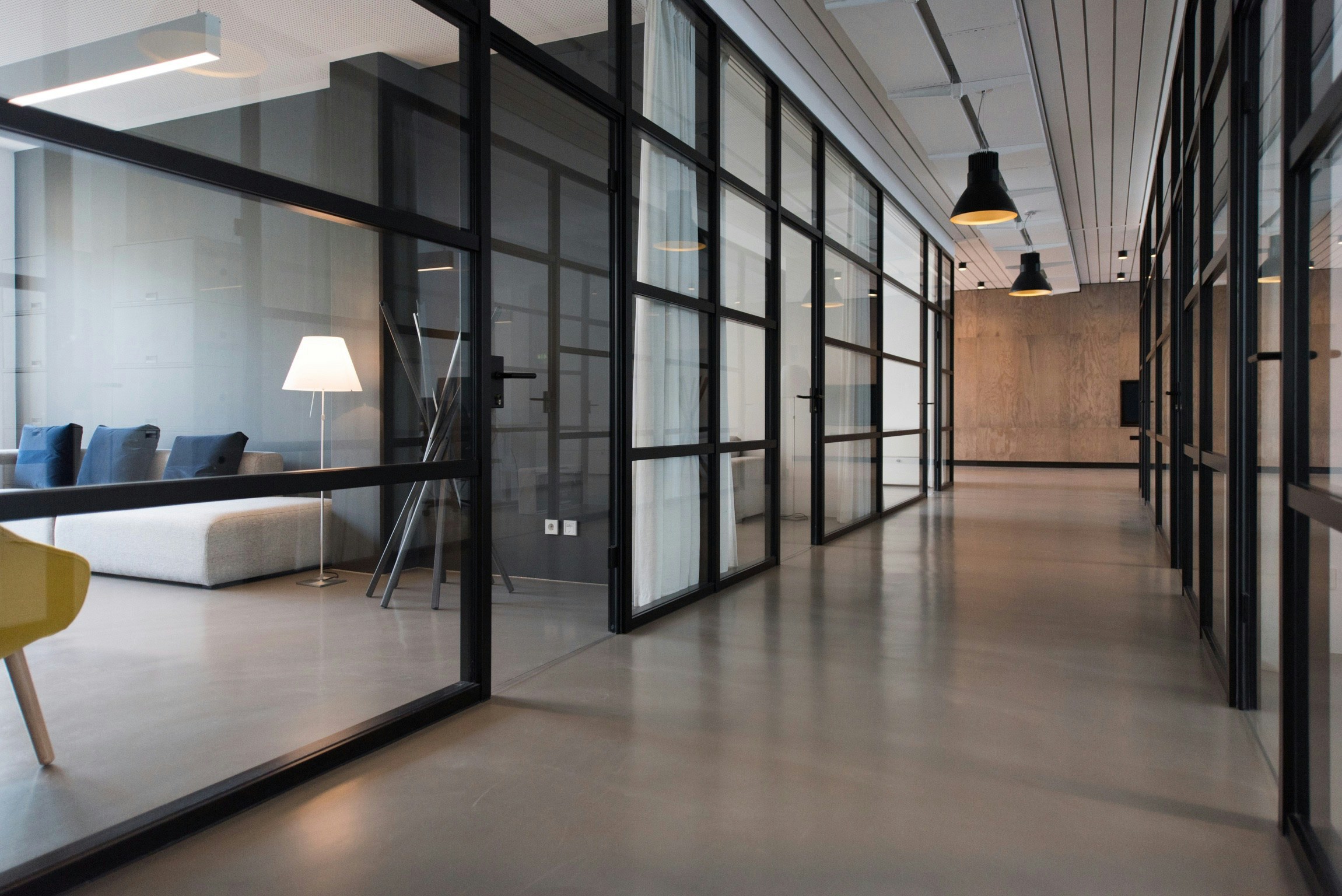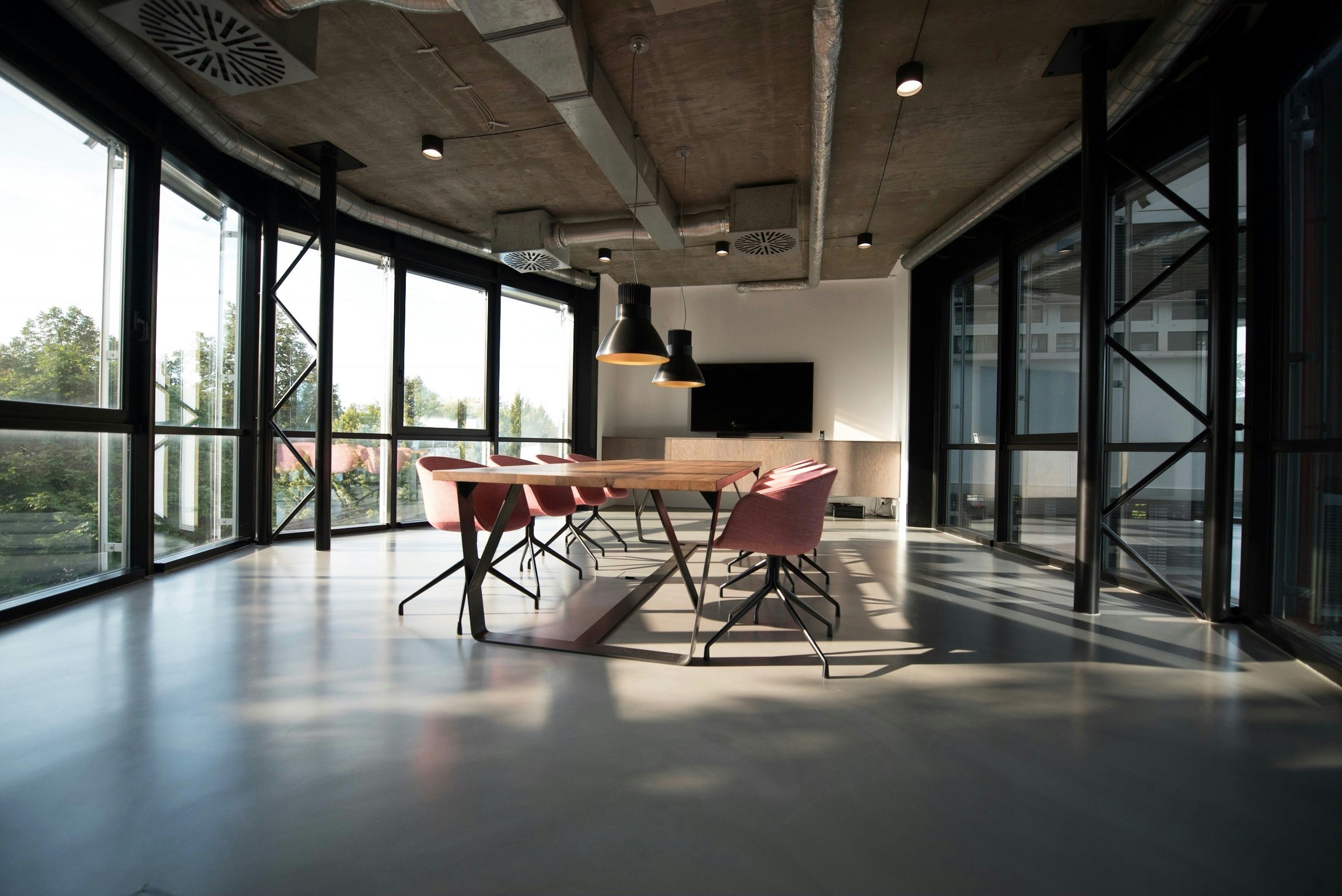As environmental responsibility becomes a critical component of corporate strategy, businesses are seeking ways to align their operations with sustainable practices. Eco-friendly office furniture is becoming a cornerstone of this approach, supporting corporate social responsibility and environmental stewardship.
Sustainable Materials: Boosting Eco-Friendliness and Aesthetics
Choosing office furniture made from sustainable materials like bamboo, reclaimed wood, or recycled plastics doesn't just minimize environmental impact—it also brings a unique aesthetic to the workplace. Bamboo is highly renewable and lends a modern touch, while reclaimed wood boasts a rich history that adds character and warmth to office settings. Recycled plastics are transformed into sleek, durable furnishings that resist wear and tear. By opting for these materials, businesses can demonstrate their commitment to sustainability and create visually appealing spaces that stand out from traditional corporate environments.
Green Manufacturing: Reducing Carbon Footprints
The way office furniture is manufactured can significantly affect the environment. Selecting suppliers who utilize renewable energy sources and sustainable manufacturing processes reduces greenhouse gas emissions and decreases the carbon footprint of your business. Look for manufacturers that employ low-emission technologies and use non-toxic finishes to ensure a healthier workplace and less environmental degradation. These practices not only help conserve natural resources but also appeal to customers and employees who value eco-conscious business operations.

Longevity and Recyclability Matter
Investing in high-quality, durable office furniture is crucial for promoting a circular economy. Durable products reduce the need for frequent replacements, lowering the demand for raw materials and minimizing waste. Additionally, furniture designed for longevity often features modular components that can be easily repaired or upgraded, extending its life further. Encouraging recyclability at the end of its lifecycle also ensures that furniture components can be repurposed, rather than ending up in landfills. By focusing on longevity and recyclability, businesses can make more sustainable choices that save money and resources over time.
Practical Tips/Steps
How to Pick Sustainable Office Furniture
Look for certifications like GREENGUARD or FSC to guarantee environmental standards are met. Consider furniture that can evolve with changing office layouts to extend its usability.
Creating a Greener Office Environment
Incorporate natural elements and encourage practices like recycling within the office to complement the sustainable furniture, enhancing the overall green initiative.
Conclusion
Embracing eco-friendly office furniture is an impactful step toward sustainability, offering tangible benefits for the environment, business economics, and employee well-being. By prioritizing green practices in office design, companies position themselves as forward-thinking leaders committed to a sustainable future.
